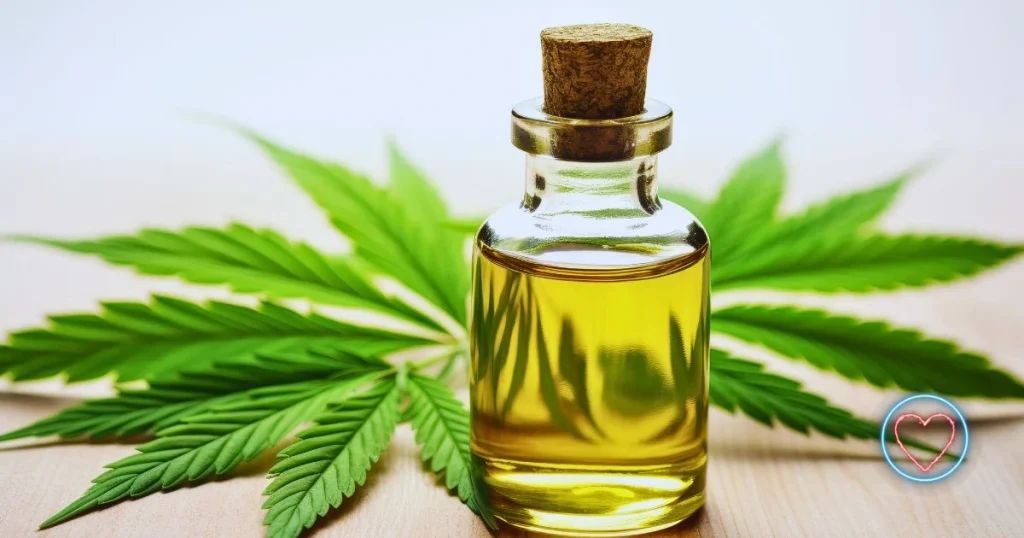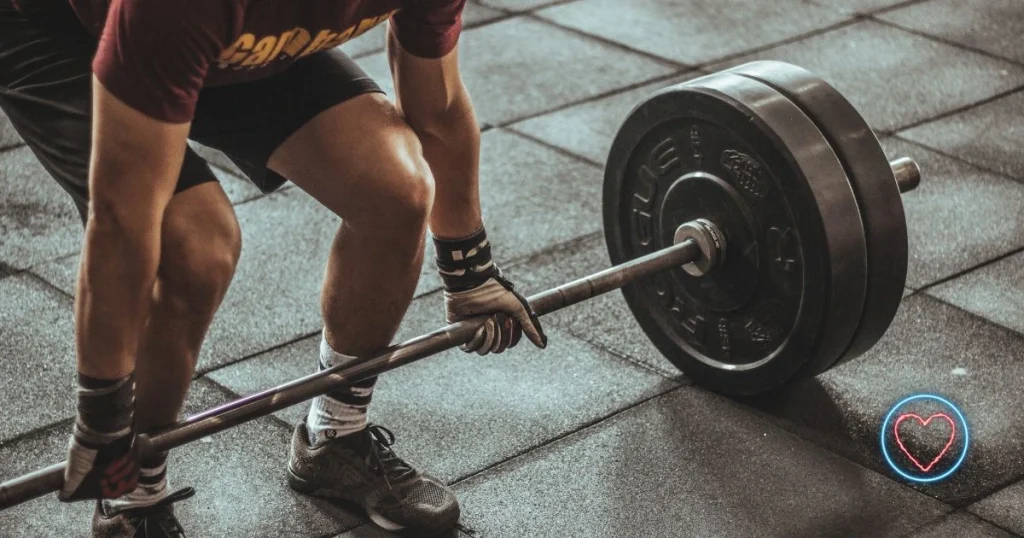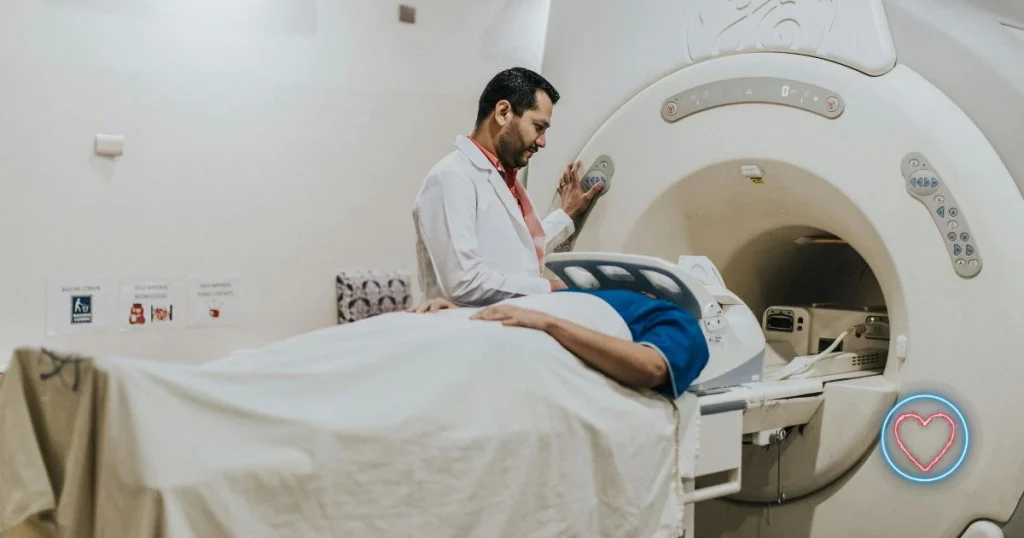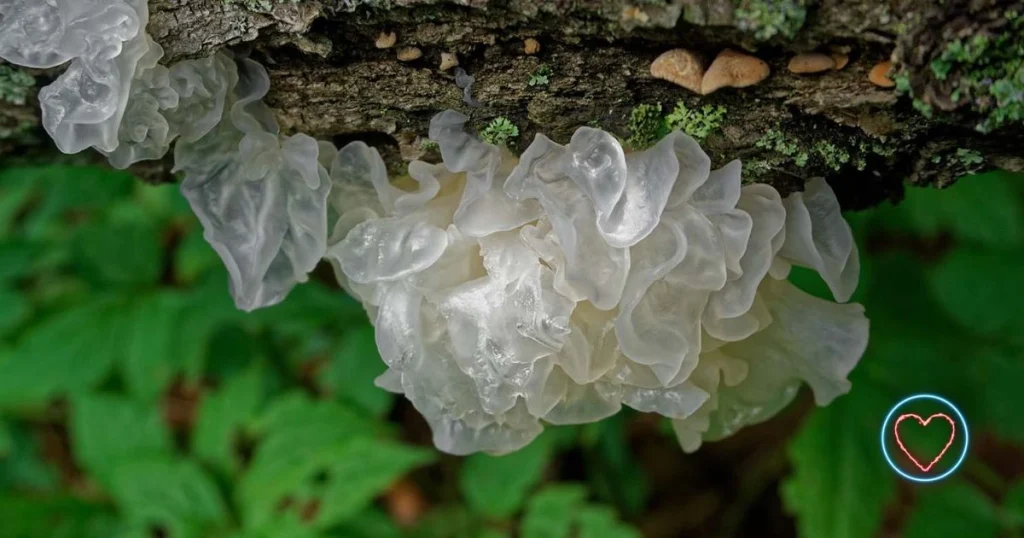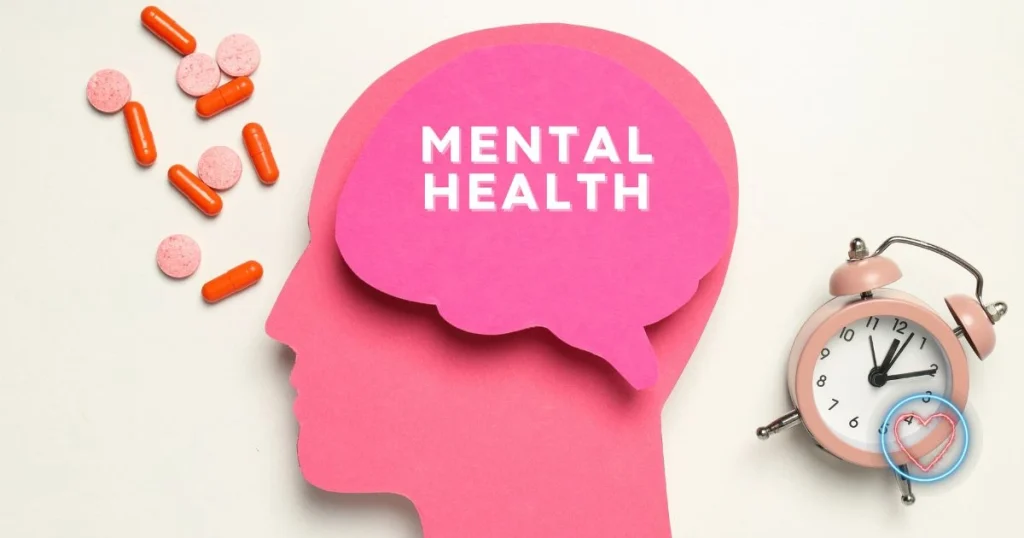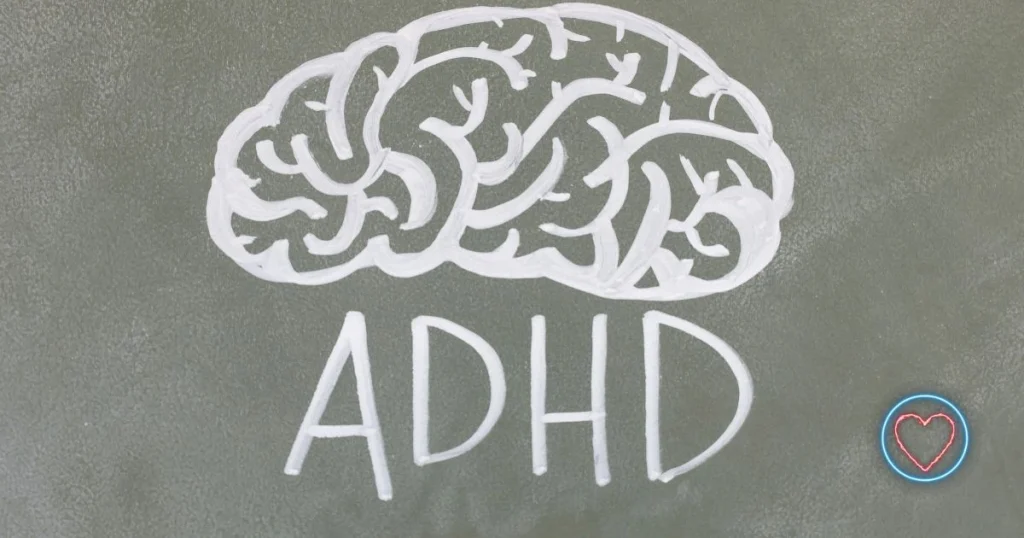In today’s fast-paced world, where stress is the norm and relaxation often feels like a luxury, an ancient healing art is making a strong comeback—aromatherapy. Rooted in natural medicine and holistic traditions, this practice uses essential oils to support emotional, mental, and physical health. Though it dates back thousands of years, modern science is now beginning to validate the therapeutic power of scent.
Let’s explore the full picture of aromatherapy—its history, how it works, what it can do, and how you can bring it into your daily life.
What Exactly Is Aromatherapy?
In simple terms, aromatherapy is the use of aromatic plant extracts—commonly known as essential oils—to promote health and well-being. These concentrated oils come from flowers, bark, stems, leaves, or roots of plants, each offering unique therapeutic properties.
Unlike synthetic fragrances, essential oils are derived naturally and offer medicinal benefits. They can be inhaled, diffused, or applied to the skin when diluted. Consequently, many people turn to aromatherapy for stress relief, improved mood, pain management, and even immune support.
A Journey Through History
Aromatherapy’s origins trace back to ancient civilizations that deeply understood the power of scent.
- In Egypt, people used oils like frankincense and myrrh in religious ceremonies and embalming rituals.
- In India and China, aromatic herbs played a vital role in Ayurvedic and Traditional Chinese Medicine, with a focus on energy flow and holistic balance.
- In Greece, Hippocrates—often called the father of medicine—recommended aromatic baths and massages.
- Later, the Romans carried these traditions into public bathhouses, where oils enhanced relaxation and hygiene.
Fast forward to 1937, when René-Maurice Gattefossé, a French chemist, coined the term “aromatherapy” after discovering lavender oil’s healing properties. Since then, the practice has steadily evolved, integrating traditional knowledge with modern science.
How Aromatherapy Affects the Body and Mind
Essential oils interact with the body in two main ways: through smell and skin absorption.
1. Inhalation Pathway
When you inhale an essential oil:
- Its molecules travel through your nasal passages.
- They stimulate the olfactory receptors, which send signals to the limbic system—the brain’s emotional control center.
- As a result, this can influence your mood, heart rate, memory, and stress levels.
For instance, lavender may reduce anxiety, while citrus oils can uplift your mood.
2. Topical Application
On the other hand, applying diluted oils to the skin allows them to:
- Penetrate the dermis,
- Interact with local tissues, and
- Sometimes reach the bloodstream.
This method is particularly effective for muscle pain, inflammation, or skin conditions. However, dilution with a carrier oil is essential to avoid irritation.
Most Popular Essential Oils and Their Key Benefits
Although hundreds of essential oils exist, a few have become staples in both professional and home-based aromatherapy.
1. Lavender
- Primary Benefits: Calms anxiety, supports sleep, and soothes skin.
- Common Uses: Diffuser blends, pillow sprays, and bath soaks.
2. Peppermint
- Primary Benefits: Energizes the mind, relieves headaches, and improves digestion.
- Common Uses: Inhalers, massage blends, and roll-ons.
3. Eucalyptus
- Primary Benefits: Clears nasal congestion and kills airborne germs.
- Common Uses: Steam bowls, chest rubs, and air purifiers.
4. Tea Tree
- Primary Benefits: Fights acne, fungus, and bacteria.
- Common Uses: Skin serums, scalp treatments, and foot soaks.
5. Lemon
- Primary Benefits: Boosts mood, enhances focus, and disinfects.
- Common Uses: Cleaning sprays, morning diffusers, and massage oils.
6. Chamomile
- Primary Benefits: Promotes sleep, eases anxiety, and reduces skin inflammation.
- Common Uses: Bedtime routines and facial oils.
7. Frankincense
- Primary Benefits: Supports meditation, immune defense, and anti-aging.
- Common Uses: Skincare, mindfulness practices, and diffusers.
How to Use Essential Oils Safely and Effectively
There are several convenient ways to incorporate aromatherapy into your lifestyle. Choose one based on your goals and preferences.
1. Diffusion
Using an essential oil diffuser disperses oil particles into the air. This method:
- Enhances the environment,
- Helps with stress reduction,
- And purifies indoor air.
It’s especially useful in offices, bedrooms, or meditation spaces.
2. Inhalation
This approach involves breathing in essential oil directly:
- From a bottle,
- Using an aroma stick,
- Or adding a few drops to hot water for steam inhalation.
It provides fast emotional and mental effects, especially for anxiety and congestion.
3. Topical Application
When mixed with a carrier oil, essential oils can be massaged into the skin. Always:
- Conduct a patch test first,
- Apply to pulse points or sore muscles,
- And avoid direct application of undiluted oils.
4. Aromatherapy Baths
Add a few drops of oil to Epsom salts before adding them to warm bathwater. This method offers a full-body experience that relaxes muscles and the mind.
5. Compresses
Soak a cloth in warm or cold water infused with essential oils. Apply it to injuries, sore muscles, or inflammation for localized relief.
What Are the Benefits of Aromatherapy?
Many people turn to aromatherapy because it addresses several wellness concerns at once. Here’s how it helps:
1. Reduces Stress and Anxiety
Oils like lavender, ylang-ylang, and bergamot help the brain produce calming neurotransmitters. Studies have shown measurable reductions in cortisol—the stress hormone—when these oils are used regularly.
2. Improves Sleep
Scented bedtime rituals using chamomile, sandalwood, or clary sage help people fall asleep faster and experience deeper rest.
3. Manages Pain
From migraines to joint pain, essential oils such as peppermint and rosemary provide natural pain relief by reducing inflammation and relaxing muscles.
4. Enhances Focus and Energy
Rosemary, lemon, and peppermint oils sharpen concentration and fight brain fog. Therefore, many people use them during work or study sessions.
5. Strengthens Immunity
Because oils like eucalyptus and tea tree have antimicrobial properties, they help reduce the spread of bacteria and viruses in homes and offices.
6. Supports Skin and Hair Health
Whether you deal with acne, dry skin, or scalp issues, oils like tea tree, geranium, and rosehip offer targeted, plant-based solutions.
Science Is Catching Up
Although aromatherapy was long considered an alternative practice, growing evidence now supports its effectiveness.
- A 2020 study published in The Journal of Clinical Psychiatry found lavender oil to be as effective as lorazepam in treating generalized anxiety.
- A 2013 meta-analysis in Evidence-Based Complementary and Alternative Medicine reported significant benefits in reducing stress levels in clinical settings.
- Additionally, research in cognitive psychology has linked rosemary and lemon oils with improved memory and attention span.
These findings suggest that aromatherapy isn’t just “feel-good” wellness—it offers real, measurable results.
Safety Guidelines to Follow
Essential oils are powerful substances. Used correctly, they enhance wellness. However, misusing them can cause harm.
Important Do’s:
- Always dilute essential oils before applying to your skin.
- Store oils in dark glass bottles, away from sunlight.
- Keep oils out of reach of children and pets.
- Consult a doctor if you are pregnant or have a medical condition.
Critical Don’ts:
- Never ingest essential oils unless guided by a trained professional.
- Don’t apply oils near your eyes, ears, or mucous membranes.
- Avoid using “hot oils” like cinnamon or oregano on sensitive skin.
By following these precautions, you can enjoy aromatherapy safely.
Bringing Aromatherapy Into Your Routine
You don’t need to visit a spa to benefit from aromatherapy. Setting up a home practice is simple.
Start with:
- A quality diffuser
- A reliable carrier oil (like jojoba or almond)
- Five to six basic essential oils
Create routines that suit your needs. For example:
- Use lavender at night to unwind.
- Diffuse peppermint in the morning to wake up.
- Add eucalyptus to a bath after a long day.
Small rituals like these can make a big difference in how you feel, day to day.
The Future of Aromatherapy
As the global wellness industry grows, aromatherapy is becoming more mainstream. Innovations like smart diffusers, custom scent profiles, and AI-driven wellness tools are reshaping how we experience essential oils.
At the same time, medical professionals are beginning to explore how aromatherapy might complement traditional treatments, especially for anxiety, depression, and chronic pain.
As a result, aromatherapy is no longer viewed as fringe medicine—it is increasingly considered a legitimate component of integrative health care.
Final Thoughts: Breathing Life Into Wellness
Aromatherapy invites us to slow down, breathe deeply, and connect with nature in an intimate, sensory way. It’s not about escaping reality, but about enhancing how we engage with it—more calmly, clearly, and consciously.
With its roots in ancient wisdom and its future firmly planted in science, aromatherapy offers something uniquely valuable: a natural, accessible path to well-being that begins with a single breath.
